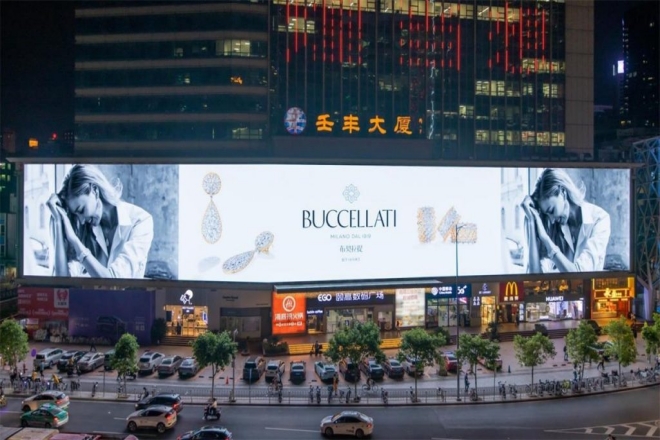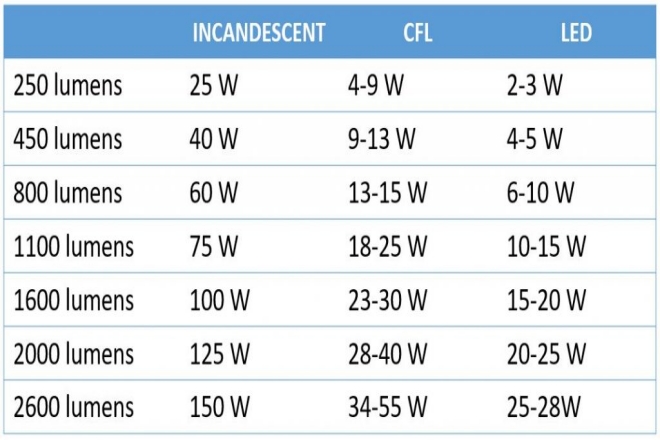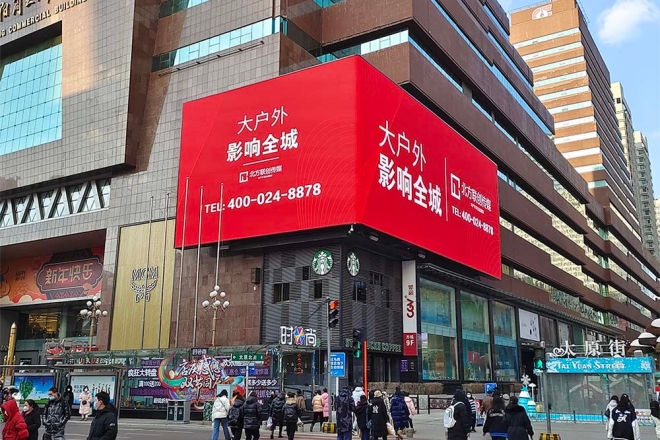序章

In today’s social context of pursuing sustainable development, energy consumption has become an important indicator for measuring the advancement of technology and products.
As a member of modern display technology, the energy-saving potential of LED表示画面 is gradually being explored and valued.
This article will explore the energy-saving advantages of LED display screens in depth, analyze how to reduce energy consumption through technological innovation and contribute to environmental protection and economic benefits.
1. The little secret of energy consumption of LED display screens

1). A big comparison of energy consumption of LED display screens and traditional lamps
Imagine that if you replace the incandescent lamps and fluorescent lamps in your home with LED lamps, you will find that the numbers on the electricity bill have quietly become smaller.
In the same way, compared with those traditional “antique” display screens, LED display screens are simply energy-saving experts!
Incandescent lamp: This guy is like an overly enthusiastic friend. Most of the energy is used for heat generation, and only a little light comes out. The energy consumption is terrifying.
Fluorescent lamp: Although it is cooler than incandescent lamps, it still seems a bit wasteful compared to LED.
LED display screen: It is like a star in the energy-saving industry. It accurately converts every bit of electricity into dazzling light with almost no waste.
2). The energy consumption secret of LED display screens
The energy consumption of LED display screens is actually quite “personal,” and it will change according to the “mood” of several friends.
輝度: If the LED display screen wants to be “dazzling”, it will have to eat more “electric rice” (consume more electricity). But if you make it gentler and lower the brightness, it can save some electricity.
解決: The resolution is like the “fineness” of the display screen. The higher the resolution, the clearer it is, but it will also eat a little more “rice”. However, it depends on your needs. Sometimes “just right” is the best.
リフレッシュレート: The impact of this on energy consumption is similar to the speed of running. Although fast refresh will make the picture smoother, it will also increase energy consumption slightly. But don’t worry, this impact is nothing compared to the previous two friends.
Working environment temperature: Just like people, LED display screens also like to work in a comfortable environment. If the environment is too hot or too cold, it has to turn on the “air conditioning mode” (heat dissipation or heat preservation), which will also consume some extra electricity. So, give it a warm home, and it can serve you better!
2. The energy-saving technology of LED display makes saving electricity easier

1). High-efficiency LED chip: The energy-saving expert is here
The energy saving of LED display is first attributed to the high-efficiency LED chips hidden behind the screen. Imagine that these chips are like super energy-saving small light bulbs.
They can not only convert electricity into light, but also have extremely high efficiency and waste very little electricity.
- 高い発光効率:
This means that with the same amount of electricity, LED chips can emit brighter light. Unlike the old-fashioned light bulbs in the past, most of the electricity is turned into heat, but not much light.
- Low-voltage drive:
LED chips do not require very high voltage to work properly, just like you can light up a small LED light with a small battery, which is energy-saving and safe.
- 長い人生:
LED chips have a very long service life and are not easy to break, so they do not need to be replaced frequently, and the electricity and labor costs consumed during replacement are also saved.
- 優れた放熱性能:
The chip will generate some heat when working, but the high-efficiency LED chip can quickly dissipate the heat and keep it cool, so that it will not waste electricity or affect the picture quality due to overheating.
2). Smart dimming technology: Smartly adjust brightness
Smart dimming technology is like the eyes of the LED display. It can automatically adjust the brightness of the screen according to the surrounding ambient light.
- Automatic brightness adjustment:
If it is very bright outside, the screen will automatically brighten a little to ensure that you can see clearly; if it is very dark outside, the screen will dim a little, which is both power-saving and not dazzling.
- Significant energy saving effect:
This automatic adjustment function can help you save a lot of electricity without knowing it, just as convenient as having an automatic dimming desk lamp at home.
3). Low-power drive circuit design: A cost-conscious electric housekeeper
The low-power drive circuit design is like a personal electric housekeeper of the LED display. It is responsible for efficiently sending electricity to the LED chip while minimizing waste.
- Efficient energy conversion:
This electric housekeeper is very good at “magic” and can convert almost all the input electricity into the electricity required by the LED chip with very little waste.
- Precise control:
It can also accurately control the current and voltage of the LED chip to ensure that each pixel emits the most accurate light without waste or deviation.
- Highly integrated:
This electric housekeeper is very smart. It integrates many functions together, so that there is no need for so many parts, which saves both electricity and space.
4). Cooling system optimization: “Cooling” the LED display screen
The LED display screen will generate some heat when working. If the heat cannot be dissipated in time, it will affect the life and picture quality of the screen. Therefore, the optimization of the cooling system is also very important.
- Efficient heat dissipation materials:
Just like putting a breathable “sportswear” on the LED display screen, these materials can quickly take away the heat.
- 合理的なレイアウト:
Each component of the cooling system has been carefully designed to ensure that the heat can be evenly dissipated and will not accumulate in a certain place.
- インテリジェントな温度制御:
There is also an intelligent “thermometer” that monitors the temperature of the screen at all times.
Once the temperature is found to be too high, it will automatically adjust the working state of the cooling system to ensure that the screen always runs at the optimal working temperature.
In general, these energy-saving technologies are like “energy-saving packages” tailored for LED displays, allowing them to provide high-quality pictures while also being energy-saving and environmentally friendly.
3. The energy-saving role of software and control systems
In the field of energy saving of LED displays, software and control systems play a vital role. They achieve fine management of display screens and efficient energy saving through intelligent and automated means.
1). Intelligent content management system
The intelligent content management system can dynamically adjust the brightness and color according to the content displayed on the display screen, thereby achieving energy-saving effects.
Content-aware adjustment: The system can analyze the currently displayed content and automatically reduce the brightness and color saturation of the display screen for content with relatively simple colors or low brightness requirements, thereby reducing energy consumption.
Strategy optimization: According to the preset energy-saving strategy, the system can automatically adjust the display parameters of the display screen in different time periods or different scenarios to adapt to different viewing needs and energy-saving goals.
2). Scheduled power on/off and sleep mode
Scheduled power on/off and sleep mode are effective measures to reduce energy consumption during non-use periods.
Scheduled power on/off: Users can set the automatic power on/off time of the display screen according to actual needs, ensuring that the power is automatically turned off during the time period when the display screen is not needed, avoiding unnecessary energy consumption.
Sleep mode: When the display screen is inactive, it can automatically enter sleep mode to reduce screen brightness and power consumption while maintaining the ability to respond to remote commands so that it can quickly resume working when needed.
3). 遠隔監視と故障診断
The remote monitoring and fault diagnosis system can detect and solve potential problems with the display screen in a timely manner to avoid energy waste.
リアルタイム監視: Through the remote monitoring system, users can view the working status, energy consumption and other information of the display screen anytime and anywhere to ensure the normal operation of the display screen.
Fault diagnosis: The system can automatically detect the fault information of the display screen and give corresponding diagnostic reports and solutions to help users quickly locate the problem and take measures to solve it, avoiding energy waste and downtime caused by the fault.
In addition, some advanced LED display control software also has the following energy-saving functions:
Automatic brightness adjustment: Automatically adjust the brightness of the display screen according to the changes in ambient light to ensure that energy consumption is reduced while maintaining good visual effects.
Content-optimized playback: Optimize the playback content through intelligent algorithms, reduce unnecessary dynamic effects and color changes, and thus reduce the power consumption of the display screen.
Energy consumption statistics and analysis: Provide detailed energy consumption statistics reports and analysis tools to help users understand the energy consumption of the display screen and formulate more reasonable energy-saving strategies.
4. The impact of the environment on the energy saving of LED display screens and countermeasures

1). Weather changes and energy-saving tips
1.1). Summer sun protection, winter warmth
- Summer sun protection:
Just like we wear hats to block the sun in summer, LED displays also need sun protection in summer. You can add a sunshade or sunshade net to it so that the sun will not directly shine on the screen, the screen will not be so hot, and naturally, you can save some electricity.
- Winter warmth:
When it is cold in winter, we need to dress warmer, and the same is true for LED displays. You can add a heat preservation cover to the display or put a small heater inside to keep it warm so that it can work better and will not waste electricity because it is too cold.
1.2). Waterproof on rainy days, safety first
On rainy days, we have to hold an umbrella or wear a raincoat, and the LED display also needs waterproofing.
Put on a “waterproof coat” for it, such as a waterproof coating or waterproof shell, so that rainwater will not penetrate in, and the display can work safely, and will not waste electricity or break down due to short circuits.
2). External protection, energy saving and worry-free
2.1). The magic of the sunshade
The sunshade not only makes the LED display cooler in summer, but also protects it from wind and rain.
In this way, the display can maintain good condition for a longer time, reduce the number of times it needs to be repaired due to environmental reasons, and indirectly save energy and money.
2.2). Waterproof design: Kill two birds with one stone.
The waterproof design not only allows the LED display to work normally on rainy days, but also prevents dust and other debris from entering the interior of the display.
In this way, the cleaning and maintenance of the display becomes much simpler, and it can also maintain a better display effect and reduce the increase in energy consumption caused by improper cleaning.
結論
The energy-saving technology of LED displays not only demonstrates its positive role in environmental protection but also reflects the important role of scientific and technological progress in improving energy efficiency.
Through efficient chips, intelligent control, optimized design, and environmental adaptability adjustment, LED displays have become a powerful tool for energy conservation and emission reduction.
Looking to the future, with the continuous advancement of technology, we expect LED displays to achieve more breakthroughs in the field of energy conservation and make greater contributions to building a green and low-carbon society.
最後に、LEDディスプレイについてもっと知りたい方は、 ご連絡ください。
